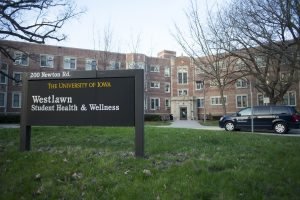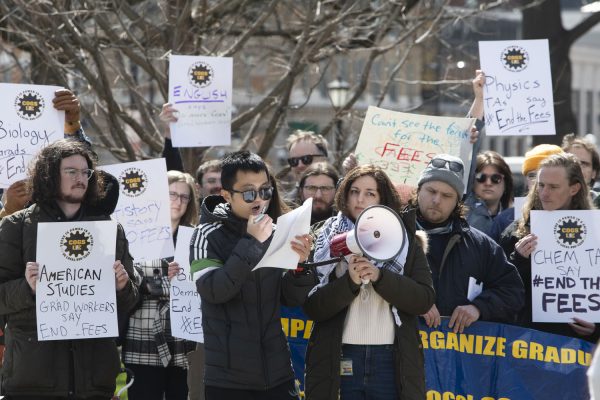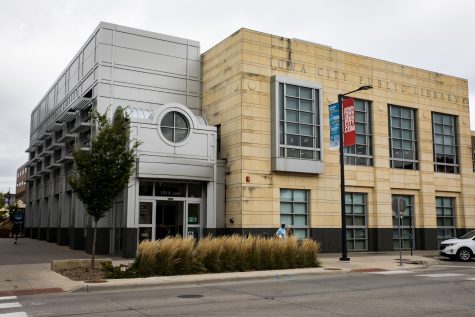Guest Opinion: Immigration detention centers have devastating health impacts on children
Three medical students share their health-centered perspective on the physical and psychological harm detention centers have had on children held in them.
Community members partake in an immigration reform rally at the Pentacrest on Oct. 27, 2018. Iowans who have been negatively impacted by immigration shared their stories during the rally.
February 24, 2020
Children are dying at immigration detention centers. More are leaving the detention centers with psychological trauma. With more than 70,000 children apprehended at the border in 2019, it is critical to address the treatment of detained children migrants.
Children can be found in three different arms of the immigration system: Immigration and Customs Enforcement, Customs and Border Protection, and the Office of Refugee Resettlement. CBP and ICE are under the Homeland Security Department. ORR is under Health and Human Services.
CBP and ICE are meant primarily to process immigrants and asylum seekers. The intention of the detention centers is to temporarily hold people until their cases are heard or are deported. There are reports that the detention centers are overcrowded and unsanitary, with inadequate food being provided. Both ICE and CBP have been under the intense scrutiny of the Human Rights Watch for many years.
Immigration officers routinely confiscate life-saving medications, including prescriptions for asthma, diabetes, high blood pressure, and seizures. The CBP has also refused to provide vaccines, a critical component of preventative health care.
The lack of vaccinations and proper sanitation in the CBP facilities have resulted in outbreaks of flu, scabies, and chickenpox, with multiple deaths attributed to the flu. ICE officials have also failed to adequately vaccinate their detainees, and are struggling to contain the spread of two highly contagious illness: mumps and chickenpox.
Alarmingly, six children have died in U.S. custody in one year. At least one of the report of a child’s death was incongruent with video footage. This raises the issues if the other deaths are being properly documented.
In our medical training, we are taught of the dangers of “Adverse Childhood Experiences.” ACE can encompass any traumatic event in early life, and place the children at risk of physical and psychological health issues later in life including substance abuse, mental illness, and heart and liver diseases.
Migrant children are already at risk for ACE. Those migrating at the border are seeking asylum, fleeing violence from in their home countries. It is legal to seek asylum according to federal law. However, we further endanger the children’s lives at the border. Thousands of children have been separated during the family-separation policy, and hundreds more children were still separated after the end of the policy. In addition, the U.S. Commission on Civil Rights has noted reports of physical restraints, physical violence, and sexual violence within the detention centers.
Children immigrating at the border are a high-risk health population. Many are fleeing from violence and persecution. The detention practices at the border are harmful to these children. As medical students, we know the dangerous health effects. As children of immigrants, these stories are personal. We need more transparency and accountability of the detention centers.
— Thomas Pak, UI medical student
— Titus Hou, University of Illinois medical student
— Clara Liu, Kansas City University of Medicine and Biosciences medical student

















